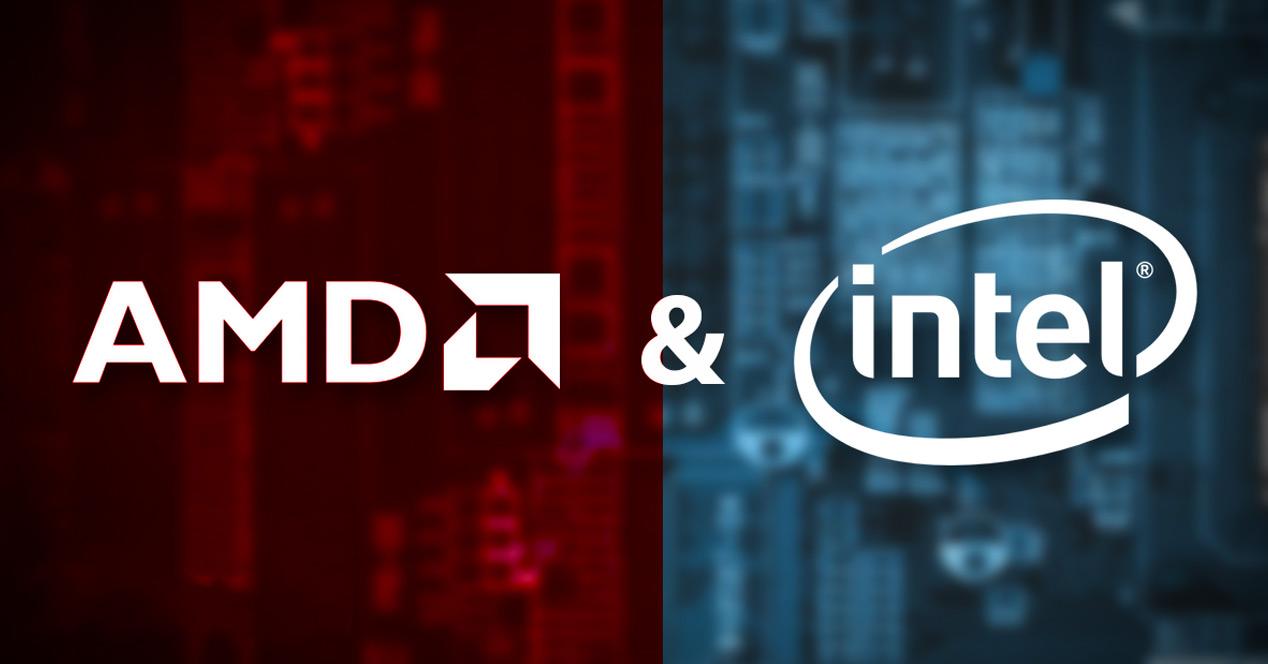For more than a decade, Intel has dominated everything to do with processors, both desktop and server, thanks in part to its architecture and also in part to its advanced manufacturing nodes. But their 10 nmThey were too ambitious to give it a very high density and wasted a lot of time in limbo trying to solve the problems. Now they are paying for this delay and the future is uncertain, mainly because Intel is partnering with TSMC to use its 3nm, isn’t everything going according to plan?
The weirdest part of this whole problem is that Intel is much later than we thought, especially since less than a month ago the company introduced its new naming system with dates for the different knots and which we discussed only two days ago to try to clarify equivalences in a before vs after exercise.
Intel, with TSMC and its 3nm, is it a smokescreen?
It’s no longer a secret that Intel had to turn to TSMC for its GPU Xe new generation and more precisely at its 6nm node. Additionally, there are rumors that this will also happen in some low-end processors without naming a lithographic process in between.
But everything darkens when new rumors claim that Intel has reserved a large chunk of TSMC’s total production with its 3nm, where Apple is said to be the only company fighting with those in Santa Clara for dominance of efficiency. and performance. Apparently, the volume expected by TSMC is so high that in an Intel TSMC alliance for its 3nm, the Taiwanese will build a new dedicated manufacturing plant to achieve the requested volumes.
Said plant will be Nanké 18b
Delays costing millions, Intel gives in with TSMC and AMD copy
What Intel is doing is arguably the most logical and intelligent move possible: bow its head in front of the semiconductor market leader, request chip production capacity from its head node, and thus copy the strategy of ‘AMD. Except for a small detail: all of this will happen in late 2022 or early 2023, but by then Intel would have its lithographic process on the street. Intel 4 (7nm antiguos), so it is likely that in the market we will find processors from the blue giant with a different node.
Where is AMD in all of this? Good question and complicated answer. Rumors claim there is no more 3nm capacity at the moment and at least there won’t be until 2024 (scanners are lacking ASML EUV, they would be late and the volume is huge) so AMD would hardly have chip production with TSMC. For this reason, those of Lisa Su would have turned to Samsung to inquire about its 3nm with GAA if ultimately TSMC cannot offer more wafers for its CPUs and GPUs.
Soap in sight? Maybe Nvidia already had to partially leave TSMC to Samsung and the results were not bad at Ampère, but the Koreans are a little behind and it is now paying dearly, very dearly. Intel, for its part, has killed two birds with one stone: it secures the best node for its CPUs (and possibly its GPUs) and manages to drown AMD in the use of a node technically and on the lower role. Master game?










